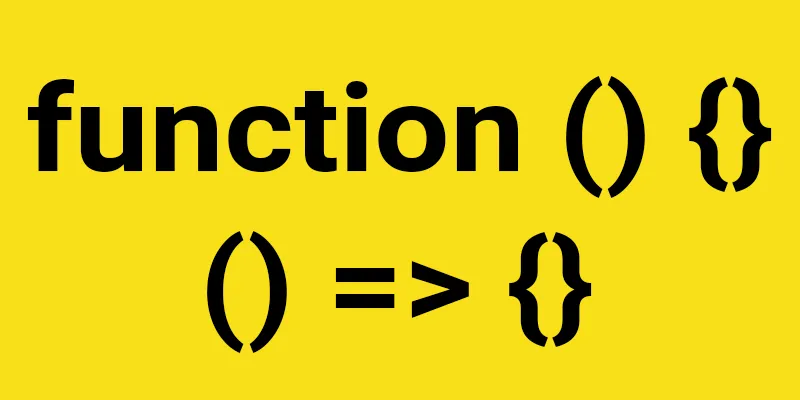Other then the syntactical differences. The main difference is the way the this keyword behaves? In an arrow function, the this keyword remains the same throughout the life-cycle of the function and is always bound to the value of this in the closest non-arrow parent function. Arrow functions can never be constructor functions so they can never be invoked with the new keyword. And they can never have duplicate named parameters like a regular function not using strict mode.
Here are a few code examples to show you some of the differences
this.name = "Bob";const person = {
name: “Jon”,<span style="color: #008000">// Regular function</span> func1: <span style="color: #0000ff">function</span> () { console.log(<span style="color: #0000ff">this</span>); }, <span style="color: #008000">// Arrow function</span> func2: () => { console.log(<span style="color: #0000ff">this</span>); }}
person.func1(); // Call the Regular function
// Output: {name:“Jon”, func1:[Function: func1], func2:[Function: func2]}person.func2(); // Call the Arrow function
// Output: {name:“Bob”}
The new keyword with an arrow function
const person = (name) => console.log("Your name is " + name); const bob = new person("Bob"); // Uncaught TypeError: person is not a constructor
If you want to see a visual presentation on the differences, then you can see the video below:
#arrow functions #javascript #regular functions #arrow functions vs normal functions #difference between functions and arrow functions
